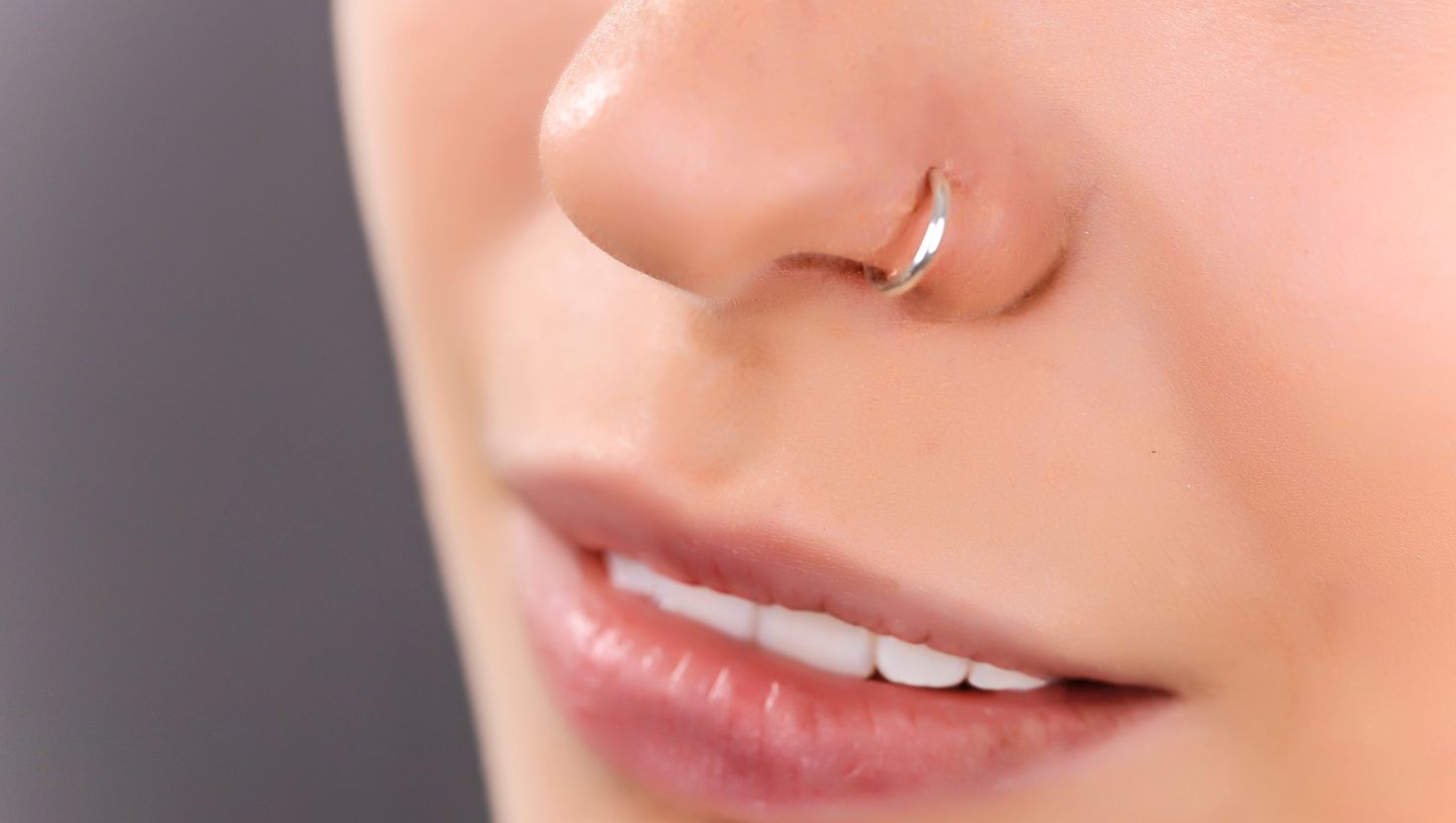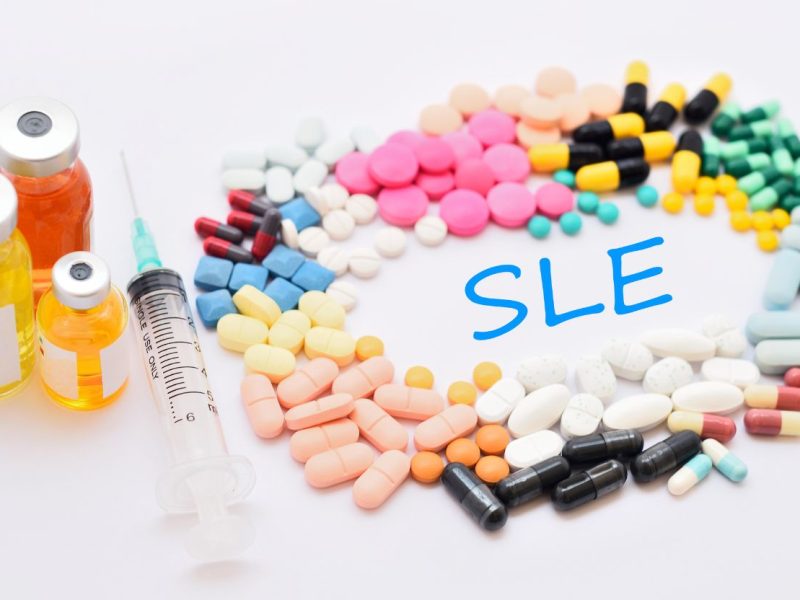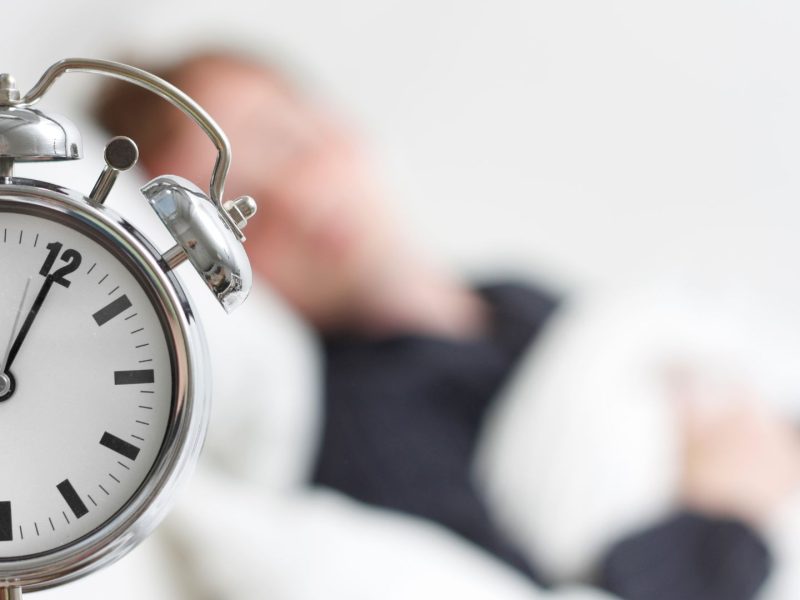I’m a doctor who’s cared for countless patients considering body modifications, and nose piercings are among the most popular. While a nose stud or hoop can be a stylish expression, it’s important to understand the potential risks and complications. In this post, I’ll walk you through the dangers of nose piercing in clear, non-judgmental terms so that you can make an informed decision.
1. Infection and Inflammation
One of the most common complications is infection. The nose harbors bacteria, and piercing creates a small wound that can become a breeding ground for germs. Symptoms of a nose piercing infection include redness, swelling, pain, and pus discharge. In severe cases, untreated infections can spread to surrounding tissues or even lead to systemic issues like fever. To reduce your risk:
- Choose a reputable, licensed piercer who follows strict sterilization protocols.
- Clean the piercing with saline solution twice daily.
- Avoid touching or rotating the jewelry with unwashed hands.
2. Allergic Reactions and Metal Sensitivity
Many people don’t realize they’re allergic to certain metals. Nickel, commonly used in inexpensive nose studs, can trigger contact dermatitis—itchy, red rashes around the piercing site. To prevent allergic reactions:
- Opt for hypoallergenic materials such as surgical-grade stainless steel, titanium, or 14-karat gold.
- Monitor for signs of a metal allergy, including itching, rash, or blistering.
3. Keloids and Hypertrophic Scarring
Some individuals have a genetic predisposition to excessive scar tissue formation. Keloids are raised, firm scars that grow beyond the original wound. Hypertrophic scars stay within the boundaries of the piercing but can still be unsightly and uncomfortable. If you have a history of keloids:
- Consider avoiding body piercings, or discuss alternative placements with a professional.
- Seek early treatment with pressure earrings or corticosteroid injections if scarring appears.
4. Migration and Rejection
Your body may view the jewelry as a foreign object and gradually push it toward the surface—a process called migration. In worst-case scenarios, the piercing can be completely expelled (rejection), leaving a visible scar. To minimize migration:
- Wear appropriately sized jewelry as recommended by your piercer.
- Avoid sleeping on the piercing or putting pressure on it.
5. Bleeding and Nerve Damage
Piercing through sensitive nasal tissue can cause bleeding. Rarely, a poorly placed piercing can damage small nerves, resulting in temporary numbness or tingling around the area. While most bleeding stops quickly, persistent bleeding requires medical attention.
6. Dental and Gum Complications
If you choose a high nostril or septum piercing close to the gums, jewelry can rub against teeth and gums, leading to enamel wear, gum recession, and sensitivity. To protect your dental health:
- Avoid overly long or dangling jewelry.
- Schedule regular dental check-ups to monitor for early signs of damage.
7. Granulomas and Cysts
Granulomas—small, red bumps—can form due to chronic tissue irritation. Sebaceous cysts may also develop when glands become blocked. These issues often require medical or surgical treatment if they don’t resolve on their own.
Final Thoughts
Nose piercing is generally safe when performed by a qualified professional with proper aftercare. However, being aware of potential dangers—nose piercing risks, nose piercing infection, piercing complications, and aftercare tips—is crucial. Always choose high-quality jewelry, follow cleaning protocols, and seek prompt medical advice for any concerning symptoms.
Have you had a nose piercing experience—good or bad? Share your story or ask questions below, and let’s keep the conversation going!



